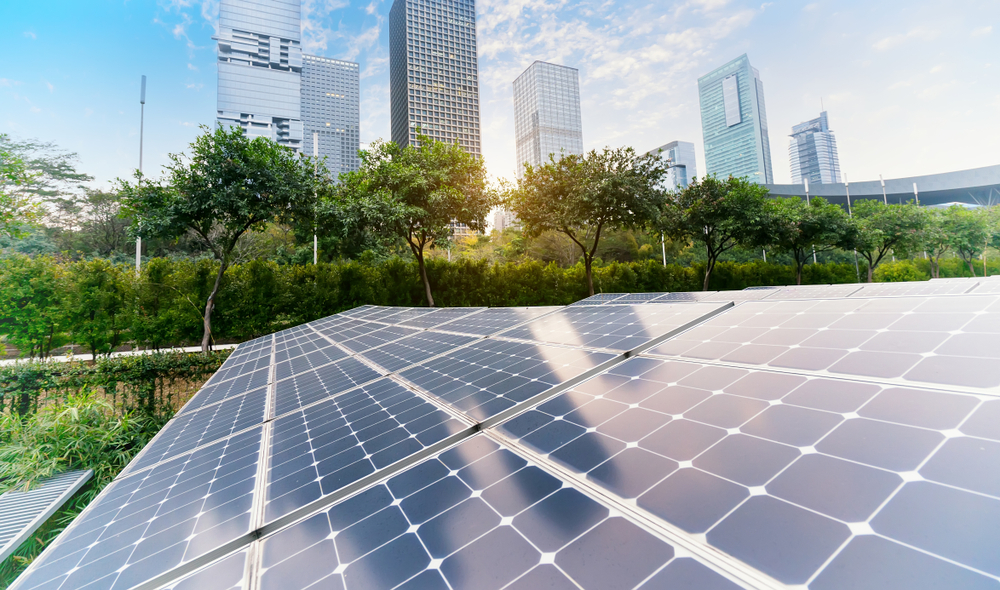Q Solar energy has gained significant attention as a clean and renewable source of power. But have you ever wondered how those sleek panels on rooftops and solar farms actually work? In this article, we’ll take a closer look at the fascinating process behind solar panels and how they harness the sun’s energy to generate electricity.
As we all know, solar panels are composed of photovoltaic (PV) cells, which are made of semiconductor materials, typically silicon. When sunlight hits these cells, it triggers a series of reactions that convert solar energy into usable electricity.
Photovoltaic Effect
I think the key to solar panel operation is the photovoltaic effect. This effect occurs when photons, the particles of light, strike the surface of the solar cell. The photons’ energy is transferred to the electrons in the semiconductor material, causing them to become excited and break free from their atoms.


Once the electrons are released, an electric field within the PV cell directs them to flow in a specific direction. This creates a flow of electrons or an electric current. By incorporating conductive metal contacts on the top and bottom layers of the PV cell, this current can be captured and harnessed for external use.
The electricity generated by solar panels is in the form of direct current (DC), which is a one-directional flow of electrons. However, most of our electrical devices and the power grid operate on alternating current (AC). To convert the DC electricity from solar panels into AC electricity, an inverter is used.
The Role of Inverters
Let me tell you how inverters are essential components of solar panel systems. They convert the DC electricity produced by the panels into AC electricity suitable for powering homes, businesses, and the electrical grid. Inverters also ensure that the electricity matches the required voltage and frequency standards.
Solar panels are not just a source of power; they are a beacon of hope, harnessing the sun’s energy to illuminate a brighter and more sustainable future for generations to come
Solar panel systems can be connected to the electrical grid, allowing for the exchange of electricity between the solar installation and the utility. Excess electricity generated by the panels can be fed back into the grid, and during times of low solar production, electricity can be drawn from the grid. This connection enables efficient energy use and potential cost savings.
Maximizing Efficiency
Solar panel efficiency refers to the amount of sunlight that is converted into usable electricity. Advances in technology have led to higher efficiency levels, allowing panels to generate more electricity from the same amount of sunlight. Factors such as the quality of materials, cell design, and environmental conditions can affect the overall efficiency of solar panels.

To maximize energy production, solar panels are typically installed at an angle that optimizes sun exposure, taking into account the geographical location and seasonal variations.
Battery Storage
Just because we need to overcome the intermittent nature of solar power, battery storage systems can be integrated into solar panel setups. Excess electricity generated during the day can be stored in batteries for later use, allowing for a continuous supply of solar power, even during periods of low sunlight or at night.
Environmental Benefits
Solar panels offer numerous environmental benefits. They produce clean energy, generating zero greenhouse gas emissions during operation. By reducing reliance on fossil fuels, solar panels help combat climate change and contribute to improved air quality, protecting human health and ecosystems.
In conclusion, solar panels operate through the photovoltaic effect, converting sunlight into electricity through semiconductor materials. By capturing and converting solar energy, these panels play a vital role in the transition towards a sustainable and renewable energy future. With advancements in technology and increased adoption, solar panels offer a promising solution for clean and accessible energy generation.



